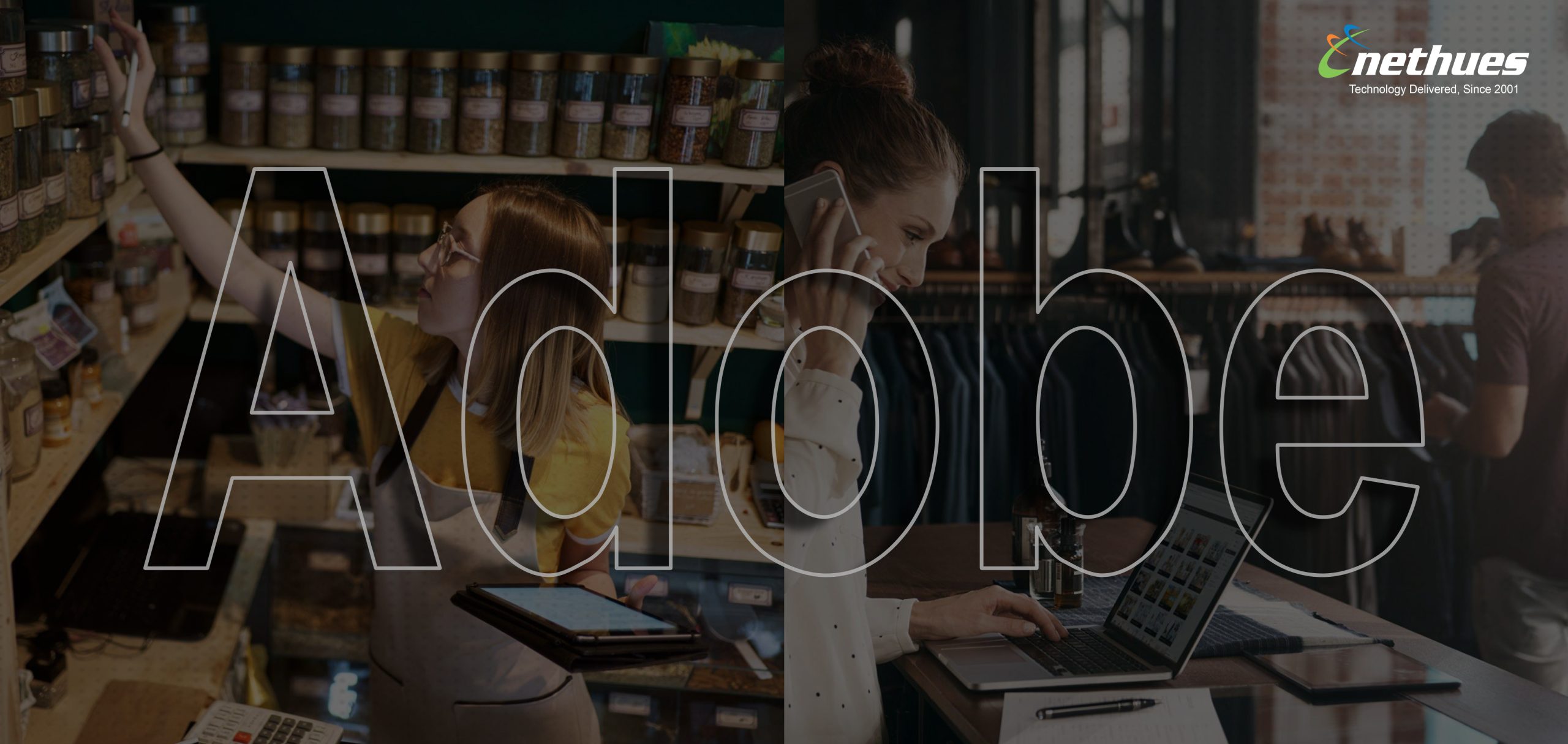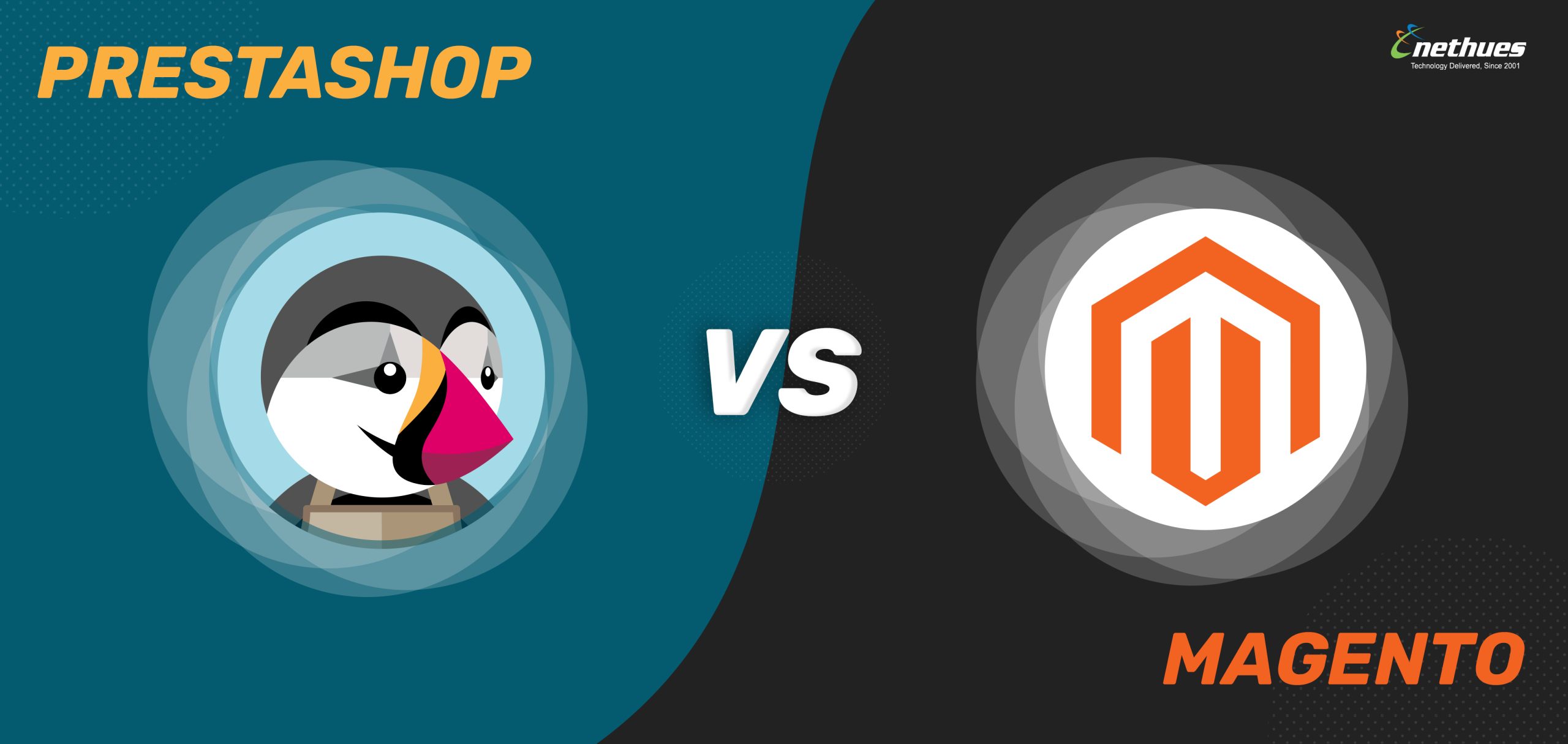It’s a big world. And it gets bigger for eCommerce companies!
Many of you might not agree with the statement, however, let’s have a look at the numbers first:
- Cross-border commerce will reach$1 Trillion by 2020.
- 27% of Indian and US shoppers shop both domestically and internationally. (Source: Statista)
- 67% of shoppers contribute atleast 10% of their monthly online spending towards cross-border commerce.
The numbers leave no doubt about the fact that massive growth awaits for eCommerce businesses who go global.
Nevertheless, your ability to capitalize on this opportunity greatly depends on your payment process. Before you proceed with going global, you need to ask yourself: Is my payment process designed to capture the maximum number of international sales? Moreover, you need to check for high cart abandonment rate, frequent refunds or charge backs among international shoppers. Why? Because this could be the fault of your global payments provider.
So in terms of your payment system, what should you, as a PrestaShop store owner, be doing to get things right? Don’t worry, we have the perfect answer to this question. Here, we have highlighted a few tips that will help you attain an ideal global payment gateway and ultimately the audience.
Accept Local Currencies
More than 80% of international shoppers prefer to pay in their own currency. If you ask your shoppers to pay in a foreign currency, chances are they will leave without making a purchase. For instance, if you’re only pricing in USD, people from the UK might end up leaving your store for a competitor that provides the same product in pound sterling.
Try to provide as many local currencies as you can, or atleast the major ones. In addition to this, transactions processed in the same currency for which the card is issued are more likely to be approved.
Deploy a Global Network of Banks
Every time a shopper submits a buy order, the payment gateway automatically routes it to an acquiring bank for approval. Some payment processors have a single acquiring bank partner to handle approvals. This means transactions originating outside that area will be seen as cross-border payments and are more likely to be declined.
To avoid this, it is important to have a payment provider that has multiple acquiring partners in different parts of the world. This will not only improve your payment conversion success rate but give your users pleasant, safe shopping experience.
Don’t Miss Out on Bank Approval
In case your global payment gateway has multiple bank partners, you are likely to experience more sales if the gateway automatically sends transactions to the banks that are most likely to approve them — basically referred to as an “intelligent” routing system.
Based on certain criteria like the currency being used or the geography of the shopper, an intelligent system analyses the best places for transactions to get approved. Even if any transaction is declined, a fail-over system kicks in and sends the transaction to another bank until it’s done. Isn’t this a sure-shot way to maximize conversions?
Prepare a Strong Anti-Fraud Strategy
According to some studies, losses from online payment fraud will top $22 billion this year—and could go as high as $48 billion by 2023. Thus it is critical to evaluate your global payment gateway’s fraud-prevention measures. Does your payment solution check every transaction for fraud indicators? Does it give you the ability to customize your level of fraud protection? In case it doesn’t live up to these parameters, its’ time to act. Take measures to combat any kind of fraud, prepare strategies, customize your payment process – do everything bit of it so that you don’t end up losing any sales due to fraud.
Improve Checkout Experience
The checkout process forms the bedrock of a successful online store. It’s crucial to improve your international checkout experience with the help of payment analytics. For instance, if an analysis of your conversion rates shows that a large percentage of international transactions are being declined, it might be directly related to your checkout. You need to examine your site from the customer’s point of view by checking for security, the long checkout form, payment methods and so on.
An ideal site must offer satisfactory data on all aspects of the payment process. This might include ways to track sales based on currency or region, refunds and charge backs reports and/or reasons for declined transactions.
What are you waiting for?
Go alone or go together, it’s time to optimize your PrestaShop store for a global capture.






